Expert Binding and Services

Different Book Bindery
Techniques We Offer

Perfect binding is commonly used for paperback books, magazines, catalogues, and other types of publications.
The pages of the book are glued together at the spine, creating a flat edge.

Saddle stitch binding is a method commonly used for binding booklets, brochures, magazines, and other types of publications with a relatively small number of pages.
In saddle stitch binding, folded sheets of paper are nested together and stapled through the fold line
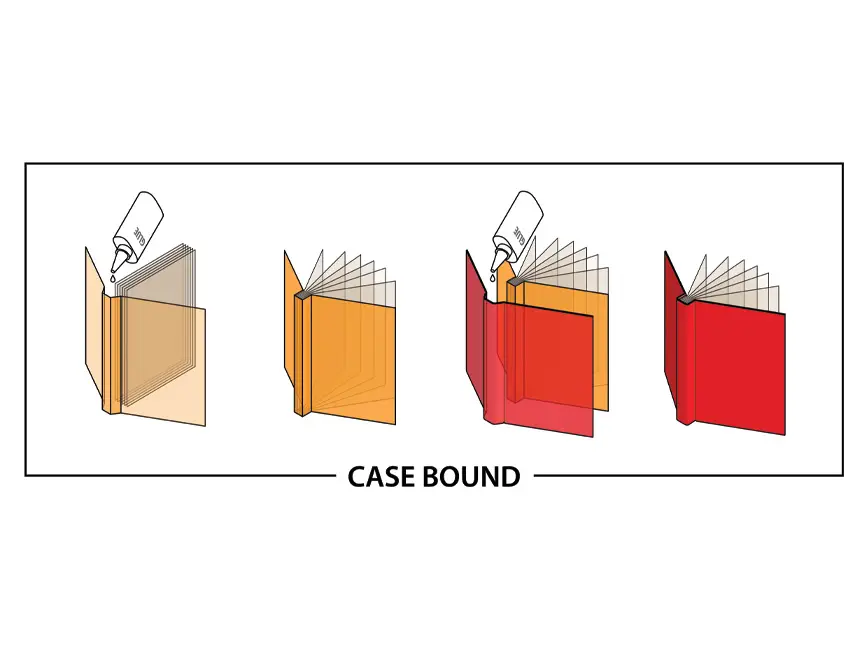
Also known as hardcover binding, case binding creates a sturdy and durable cover for books.
It involves sewing together folded pages and attaching them to a hardcover, which is typically wrapped with a printed paper or cloth.
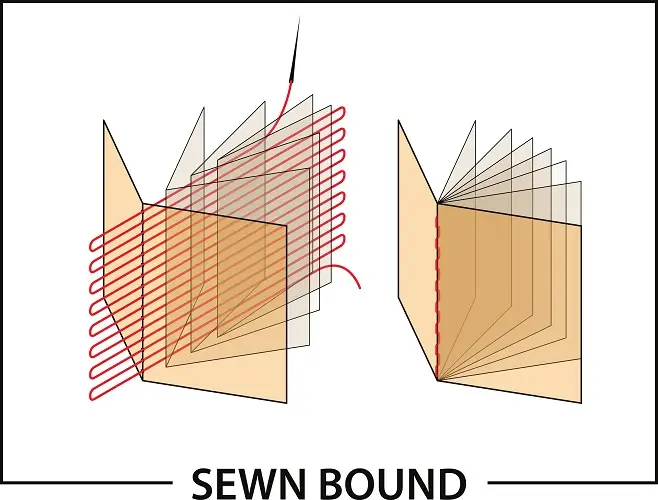
In this technique, sections of folded pages are sewn together using thread before attaching them to the cover.
Sewn binding provides durability and flexibility, making it suitable for high-quality books.
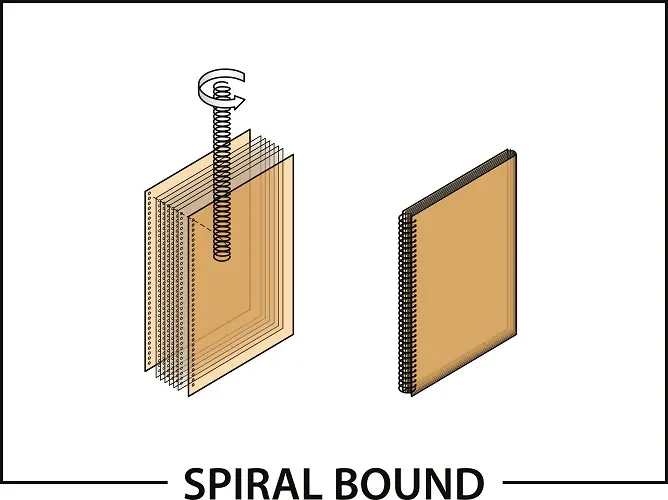
Also referred to as coil binding, spiral binding involves inserting a plastic or metal coil through holes punched along the edge of the pages.
This binding method allows the book to lie flat when opened and is often used for notebooks and reports.

Loop stitch binding is a bookbinding technique that involves sewing through the pages of a book using a series of loops.
Creates a visually interesting pattern along the spine of the book, and it allows the book to lay flat when opened
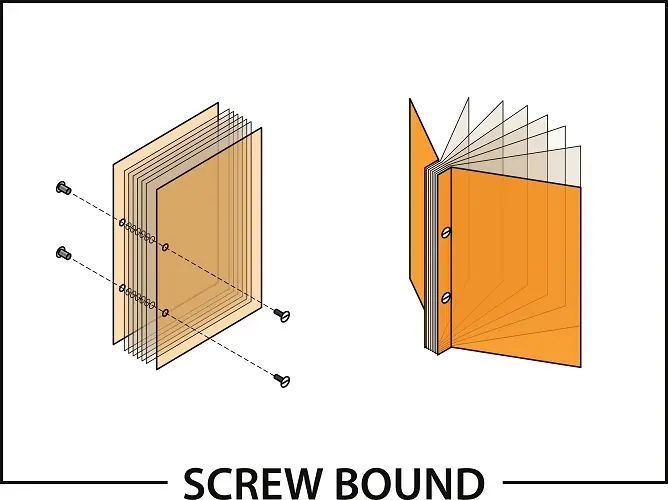
Screw binding is a bookbinding method that involves securing the pages of a book using screw posts.
This binding method allows for easy assembly and disassembly of the book, making it suitable for books where pages may need to be added, removed, or rearranged frequently.

Comb binding is a bookbinding technique that uses a plastic comb-shaped spine to bind the pages of a book together.
This method is commonly used for reports, presentations, manuals, cookbooks, and other types of documents where pages may need to be added or removed easily.
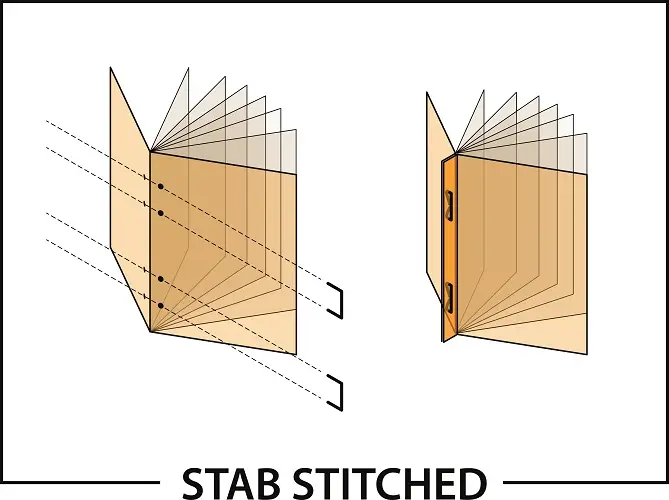
Stab stitching is a bookbinding method that involves sewing the pages of a book together along the spine using a series of stitches. It creates an exposed spine with visible stitches, resulting in a decorative and unique binding.
This technique is often used for binding single-section books, journals, sketchbooks, or small pamphlets.
Different Book Bindery
Techniques We Offer

PERFECT BINDING
Commonly used for paperback books, magazines, and catalogs, perfect binding involves gluing the pages together at the spine. The cover is usually made of thicker paper or cardstock.
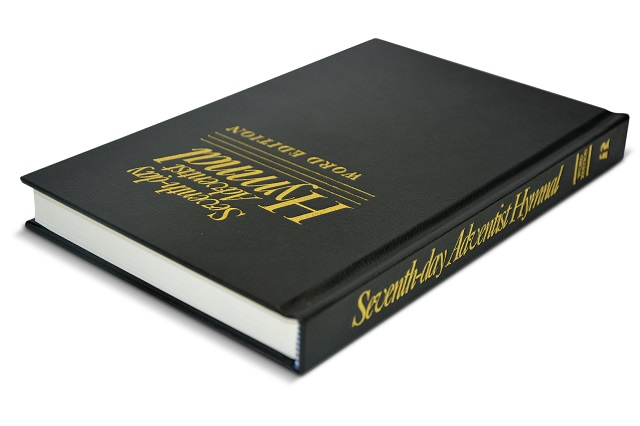
SADDLE STITCHING
This method involves folding sheets of paper in half and stapling them along the fold line. It’s often used for booklets, brochures, and magazines with a relatively low page count.

CASE BINDING
Also known as hardcover binding, case binding creates a sturdy and durable cover for books. It involves sewing together folded pages and attaching them to a hardcover, which is typically wrapped with a printed paper or cloth.
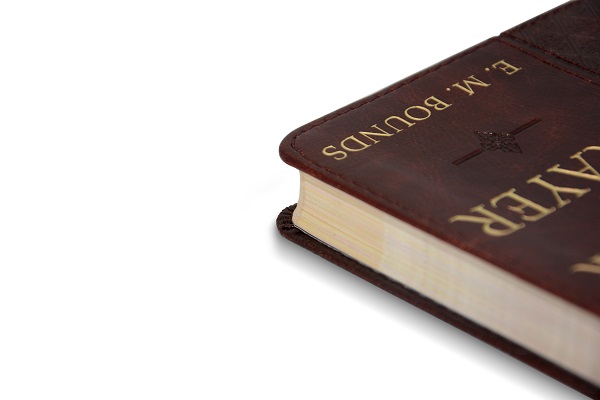
SEWN BINDING
In this technique, sections of folded pages are sewn together using thread before attaching them to the cover. Sewn binding provides durability and flexibility, making it suitable for high-quality books.

SPIRAL BINDING
Also referred to as coil binding, spiral binding involves inserting a plastic or metal coil through holes punched along the edge of the pages. This binding method allows the book to lie flat when opened and is often used for notebooks and reports.

WIRE-O BINDING
Similar to spiral binding, Wire-O binding uses a double-loop wire inserted through punched holes along the edge of the pages. It provides a professional appearance and allows for easy page-turning.
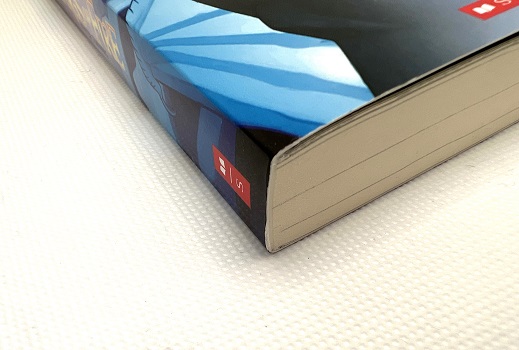
COMB BINDING
Comb binding uses a plastic comb with ring-shaped teeth that fit through holes along the edge of the pages. It’s commonly used for presentations, reports, and small booklets

COPTIC BINDING
A handcrafted technique that involves sewing sections of folded pages together through exposed stitching on the spine. It creates an attractive, exposed-sewn appearance and is often used for journals and art books.

JAPANESE STAB BINDING
A traditional method where sheets of paper are stacked, holes are punched near the spine, and thread is used to sew the pages together. It results in an elegant and decorative binding style.

